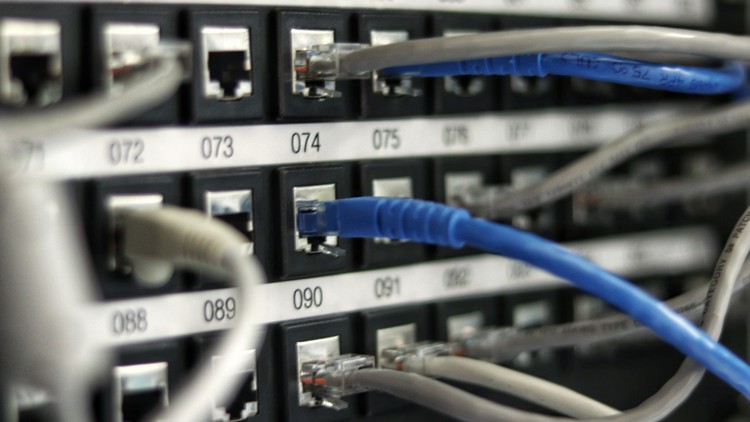
Understand the core concepts of Computer Networks from the scratch in an easy way!
What you will learn
Understand the basic components of Networks
Learn the responsibilities of each layer in the OSI and the TCP/IP Model
Understand the Flow Control, Error Control Protocols
Understand the Communication Protocols and Formats
Description
The learners’ will be able to understand and explain the following upon completing this course:
1. Fundamentals of Networking – Network Criteria, Types, Basic Parameters.
2. Network Topologies – Types of Connection, Mesh, Star, Ring, Bus Topologies.
3. The responsibilities of all the layers of OSI Model and the TCP/IP Model.
4. Line Coding Techniques – Unipolar NRZ, Polar NRZ, RZ, Bipolar, Biphase Schemes.
5. Error Detection Techniques – Parity, LRC, CRC, VRC, Checksum.
6. Switching Techniques – Circuit Switching, Packet Switching and VCN.
7. Flow Control Techniques – Stop and Wait, ARQ, Sliding Window Protocols.
8. Multiplexing Techniques – TDM, FDM, WDM
9. Addressing – IPv4, IPv6, IPv4 Header Format.
10. Network Devices – Passive Hubs, Active Hubs, Repeaters, Bridges, Routers
11. UDP – Introduction, Advantages, Disadvantages, Uses, Header Format
12. TCP – Introduction, Advantages, Disadvantages, Uses, Header Format, Data Delivery Phases
Computer Network is an interconnection between computers or we can say computer network is group of computers linked to each other which enables one computer to communicate with another computer. It acts as basis of communication in Information Technology (IT). It is system of connected computing devices and shares information and resources between them. The devices in network are connected by communication links (wired/wireless) and share data by Data Communication System
In general, we can see “Communication” and “Sharing”, that is all networking is about in simple terms. It enables everything that we do today. In the current scenario, the business would not work without computer networking and our personal and social life will also feel like it has been stopped.
Content